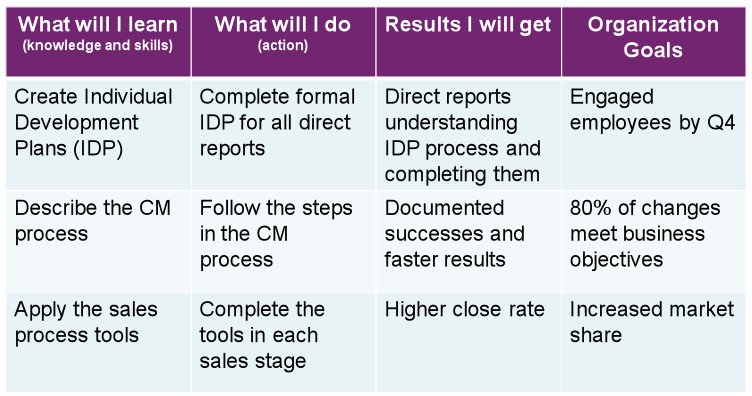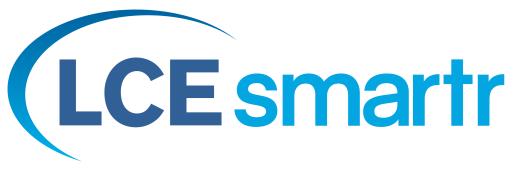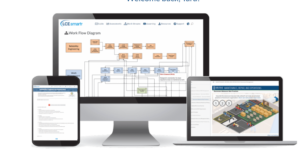Learning that changes behavior to produce results is a process –not a single event. The process takes place in an environment replete with competing priorities and time pressures. Learning requires more than simply taking a class. When attending a class, retention and application of the new knowledge and skills will vary from 10 to 30% based on the type of class and content. Two factors heavily influence the extent to which the training is applied –retention and management support. When retention strategies and management support beyond the classroom experience are included in the learning initiative, the application of new knowledge and skills will be much higher, often 90% or better.
High Impact Learning (HIL) is a concept that encourages leadership involvement and applies retention strategies to ensure learning is not only an event but also a true process that changes behavior and performance. The Life Cycle Institute’s HIL process integrates learning, leadership and change management competencies to produce documented, sustainable results. Organizations can use this process to develop the competency and agility to learn and adapt faster.
The HIL process has three phases: Alignment, Assimilation, and Application.
Alignment Phase (before training)
Before participating in a learning event participants should have a thorough understanding of what they are expected to learn, how their behavior is expected to change, the results they are expected to achieve, and how these results contribute to the overall goals of the organization.
Assimilation Phase (during training)
During the learning event, the focus is on assimilating the learning that resonates best with the participant. An effective learning event will engage them to apply what they already know in building relevant skills and knowledge that they can focus on and practice during the class.
Application Phase (after training)
Applying what one has learned is where 80% of learning takes place. It is using the skills and knowledge within the work environment that makes the learning stick, causing a behavior change that produces desired results. In this step, it is important to experience early success. This early success depends on leadership support and coaching. The system, and often the people, resists change. Employees need someone supporting them with encouragement and coaching, and running interference as they attempt to adapt their behavior. One HIL tool the Life Cycle Institute uses during these three phases is the Learning Impact Map.
Learning Impact Maps (LIM)
A Learning Impact Map (LIM) facilitates management support and aligning expectations. This support and engagement is necessary to change behavior. The LIM creates a direct line of sight between individual behavior and organizational goals. It aligns learning objectives with expected behavior changes.
A LIM is a table or document that:
- Facilitates management support and aligning expectations
- Identifies if the training can achieve the desired results in terms of broad business goals
- Prepares participants to learn and change their behavior based on the training
- Links the desired behavior with organizational performance and business goals
A well-written LIM always shows:
- Knowledge and skills the participant will learn in the training
- Behaviors driven by the new knowledge and skills
- Results that will be realized by the new behaviors
- Goals of the organization that the results will help accomplish
As an example, here’s how Learning Impact Maps are used:

The Learning Impact Map is a simple one-page document with four columns. Two columns are completed before the learning event: the first, far left, column and the last, far right column. The two center columns are completed during application.
The last column, on the far right, identifies the organization’s goals advanced by the learning objectives. This is usually the starting point. Learning investments are made to advance the success of the organization by advancing specific goals. The individual responsible for making the investment will know what goals they are working on. The training coordinator will complete this column based on their input.
In the first column on the left, the learning objectives are described. While the training may seek to fulfill many objectives the key here is to focus on a few. Less is more. Three specific, active, measurable objectives is a practical number. This is completed in advance by the coordinator with input from the manager and facilitator. The manager and participant will complete the middle two columns – behavior and results.
Align – Using the LIM Before Training
The training coordinator will work with the leadership and the facilitator to create a Learning Impact Map with the first and last columns completed. Focus on the top three to five items in each column. The first column will be based on the stated learning objectives of the training program. The last column will be the highest level measurable organizational goals that the training results are designed to advance. The coordinator will schedule time with the managers of the participants to describe the manager’s role and secure their commitment to fulfill it.
The training coordinator will cover the following with the manager.
- Review the organizational goals
- Describe the training learning objectives
- Impress on the manager how their engagement will impact the desired behavior change
- Demonstrate how to “read” the LIM
- Provide questions to use in the pre-training meetings with participants, including:
1. What are the business results you personally impact the most?
2. What are the key areas of training that can impact these results?
3. What are some actions you might take after training to reach these results?
The manager will lead a meeting with the participant to complete the LIM. The meeting should be held three to seven days before the class. It may be conducted in person or on the telephone. The meeting can be as short as 15 minutes.
Assimilate – Using LIM During the Training
Class participants update and revise their LIMs as necessary based on what they have learned in the class. This should include two to three goals that can be achieved within 90 days.
Apply – Using LIM After Training
The managers will schedule a follow up meeting with the participant within the first week after the training. This meeting is to establish the following.
- What are the goals that can be achieved in the next 90 days?
- What are the potential obstacles?
- How can I support you?
- Summarize actions the participant will take to implement learning
- Summarize the actions the manager will take to support them
- Agree on how you will jointly monitor and measure progress.
The training sponsor follows up with the managers seven to 10 days after the training to find out:
- If they have met with their program participants
- How the conversations went (what went well, what could have gone better)
- Address any concerns/questions
Following the Learning Impact Map process will make learning faster and more effective. It will help discern if the learning intervention will produce results that advance organizational goals. It will establish the expectations and leadership alignment that facilitate applying the new knowledge and skills. It will save you time and money while producing documented results.
















